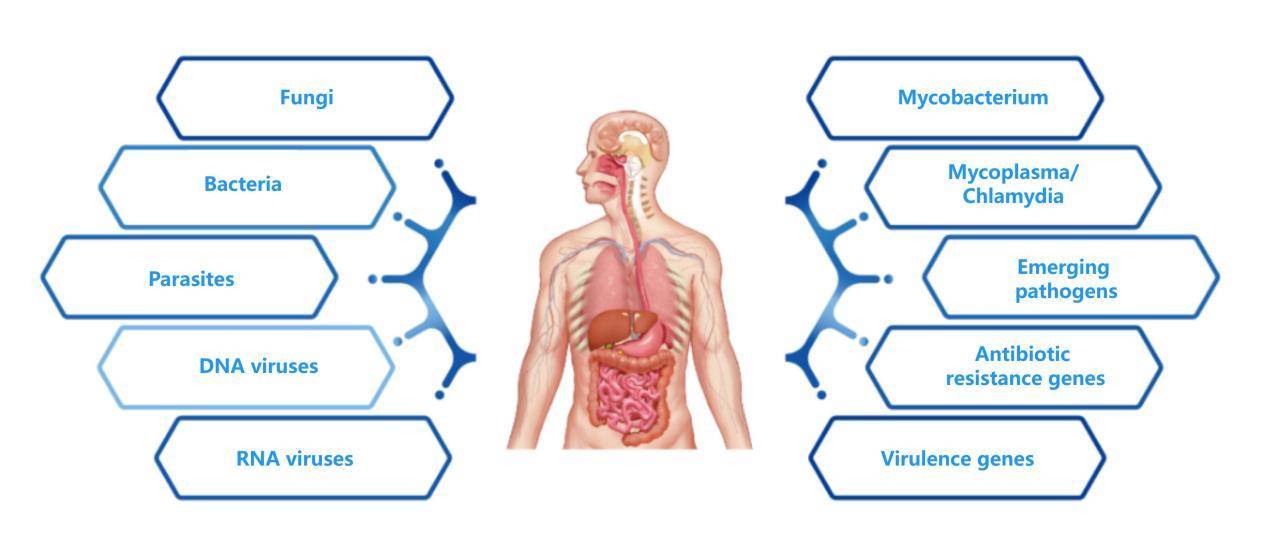Can tNGS Replace mNGS?
tNGS and mNGS each exhibit distinct advantages and limitations, making them applicable in different scenarios. The strength of tNGS lies in its ability to detect low-abundance pathogens with high sensitivity while reducing the sequencing data volume and analysis workload. This enhances detection efficiency and cost-effectiveness. However, tNGS is constrained by its inability to identify novel or rare pathogens and the limitation of only detecting pre-designed pathogens. Furthermore, it cannot conduct whole-genome analysis of pathogens.
On the other hand, mNGS excels in unbiased detection of all pathogens within a sample, enabling the discovery of novel or rare pathogens. It also provides comprehensive genomic information on pathogens, facilitating traceability, genotyping, and drug resistance assessment. Nevertheless, mNGS demands substantial sequencing data and analysis efforts, resulting in higher detection costs and time consumption. It exhibits lower sensitivity in detecting low-abundance pathogens.
Therefore, tNGS and mNGS are not mutually exclusive; instead, they complement and collaborate with each other. In the field of clinical microbiology, tNGS is more suitable for rapid screening and diagnosis of common or known pathogens, while mNGS is better suited for exploring and identifying unknown or rare pathogens. Integrating both technologies enables a more comprehensive, accurate, and efficient detection of pathogens.
In addition, CD Genomics leverages NGS technology to provide metagenomic sequencing (mNGS), and comprehensive pathogen whole genomics sequencing services to global pathogen research projects.


